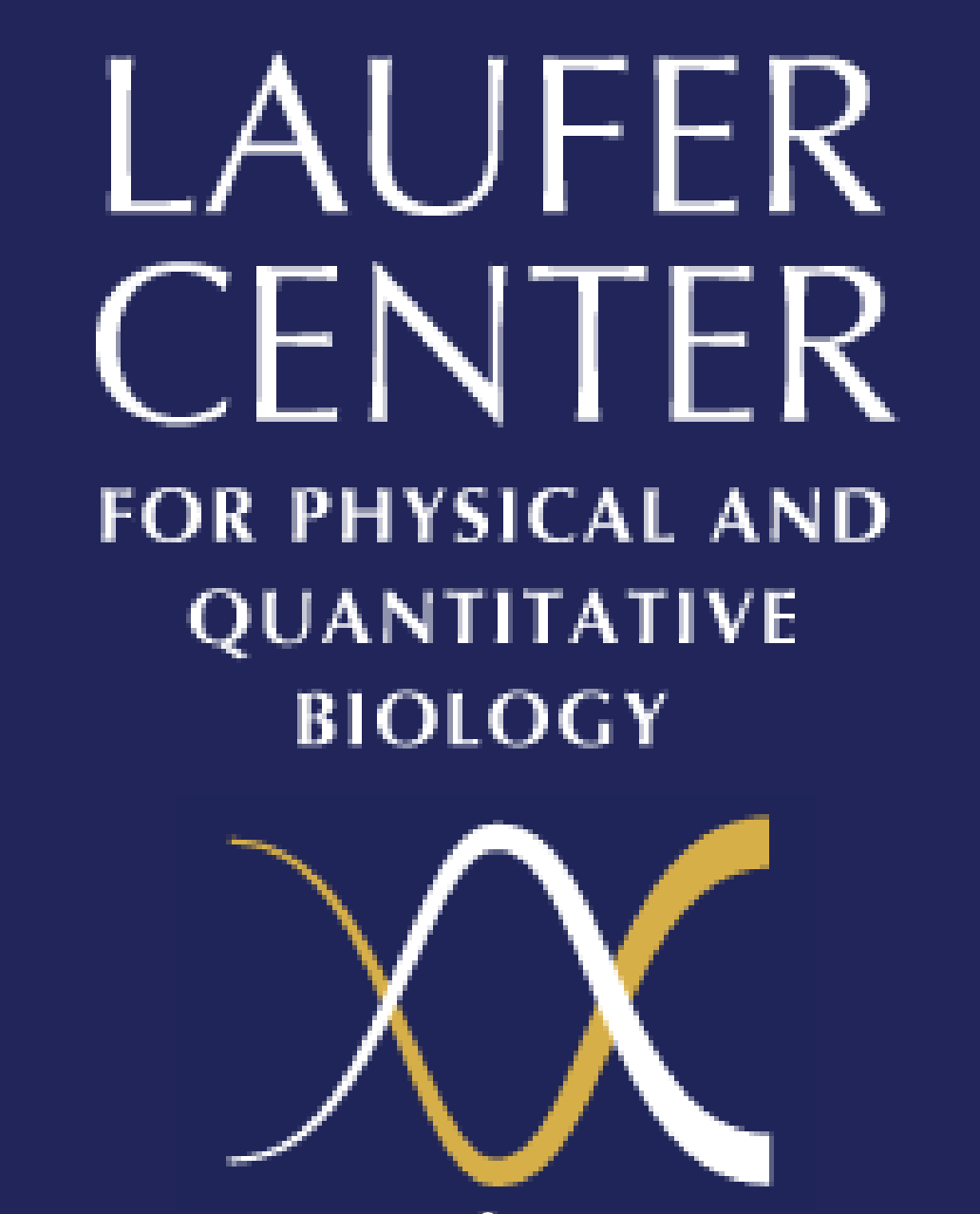Events Calendar
Philip M. Kim
Friday, September 26, 2014, 02:30pm - 03:30pm
Hits : 3150
Contact Host: David Green
Philip M. Kim
Associate Professor
The Donnelly Centre for Cellular and Biomolecular Research
Banting and Best Department of Medical Research
Departments of Molecular Genetics and Computer Science
University of Toronto
The Donnelly Centre for Cellular and Biomolecular Research
Banting and Best Department of Medical Research
Departments of Molecular Genetics and Computer Science
University of Toronto
"Novel Drug Leads: Highly Parallel Screening of Disordered Peptide Motifs for Phenotypic Effects in Cells"
Protein-protein interactions can make valuable drug targets, but have in the past has proven difficult to target by conventional means. However, a large fraction of protein-protein interactions are mediated by short linear motifs (consisting of 4-16 amino acids), which in turn tend to lie in disordered regions and thus tend to behave like peptides. Such interactions can likely be inhibited by appropriate peptides and presumably later by more drug-like eptidomimetics. Moreover, such interactions are enriched in signaling networks and should thus be good targets for therapeutic intervention. Although numerous studies have attempted to develop potential therapeutic peptides for decades, canonical small-scale screens make it difficult to generate effective and selective anti-tumor peptides. Here, we develop a high- throughput human peptide library screen for peptides inhibiting tumor cell growth. About 400 unique peptide sequences were isolated that exhibited anti-proliferative effects. We observed that these peptides can directly inhibit cancer cell growth without affecting normal cells (targeted therapy) and we identified the protein-protein interaction targets of our top peptides. Using a number of orthogonal experimental techniques, we confirmed that the disruption of these interactions is their likely mode of action, thus identifying novel putative (and known) anti-apoptotic interactions as well as their inhibitors. The identified interactions are ideal new targets for therapeutic intervention while our peptides serve as potential lead compounds. We thus demonstrate that our high-throughput human peptide screen can be a valuable tool to develop novel anti-cancer drugs. Furthermore, our technology can be a powerful means to elucidate the roles of the multitude of disordered peptide motifs.
Location Laufer Center Lecture Hall 101


